Algal Bloom present in the Hudson River. Avoid the water near Bard Rock.
Avoid swimming, wading, or allowing dogs to swim or drink Hudson River water. Link to organization that detected the algal bloom: https://www.caryinstitute.org/news-insights/press-release/extensive-harmful-algal-bloom-hudson-river-estuary. Link to interactive map of algal blooms in NY: https://experience.arcgis.com/experience/e5dec19912454731a308bbb7af605fb3/.
| Title | Vanderbilt Mansion |
| Park Code | vama |
| Description | Built by of one of the first families of wealth in America. Designed by one of the nation's preeminent architects. The Vanderbilt Mansion is a home built expressly for the aristocratic lifestyle. |
| Location | |
| Contact | |
| Activities |
|
| Entrance fees |
Entrance - Per Person
$15.00
Entrance to the Vanderbilt Mansion is by guided tour only.
|
| Campgrounds | Count: 0
|
| Places | Count: 38
American BasswoodBard RockIn 1905, Frederick Vanderbilt purchased this tract reuniting it to Hyde Park estate grounds as it had been during earlier ownership. Vanderbilt removed numerous buildings from the area, retaining only a Boat House (removed by the National Park Service in 1953). 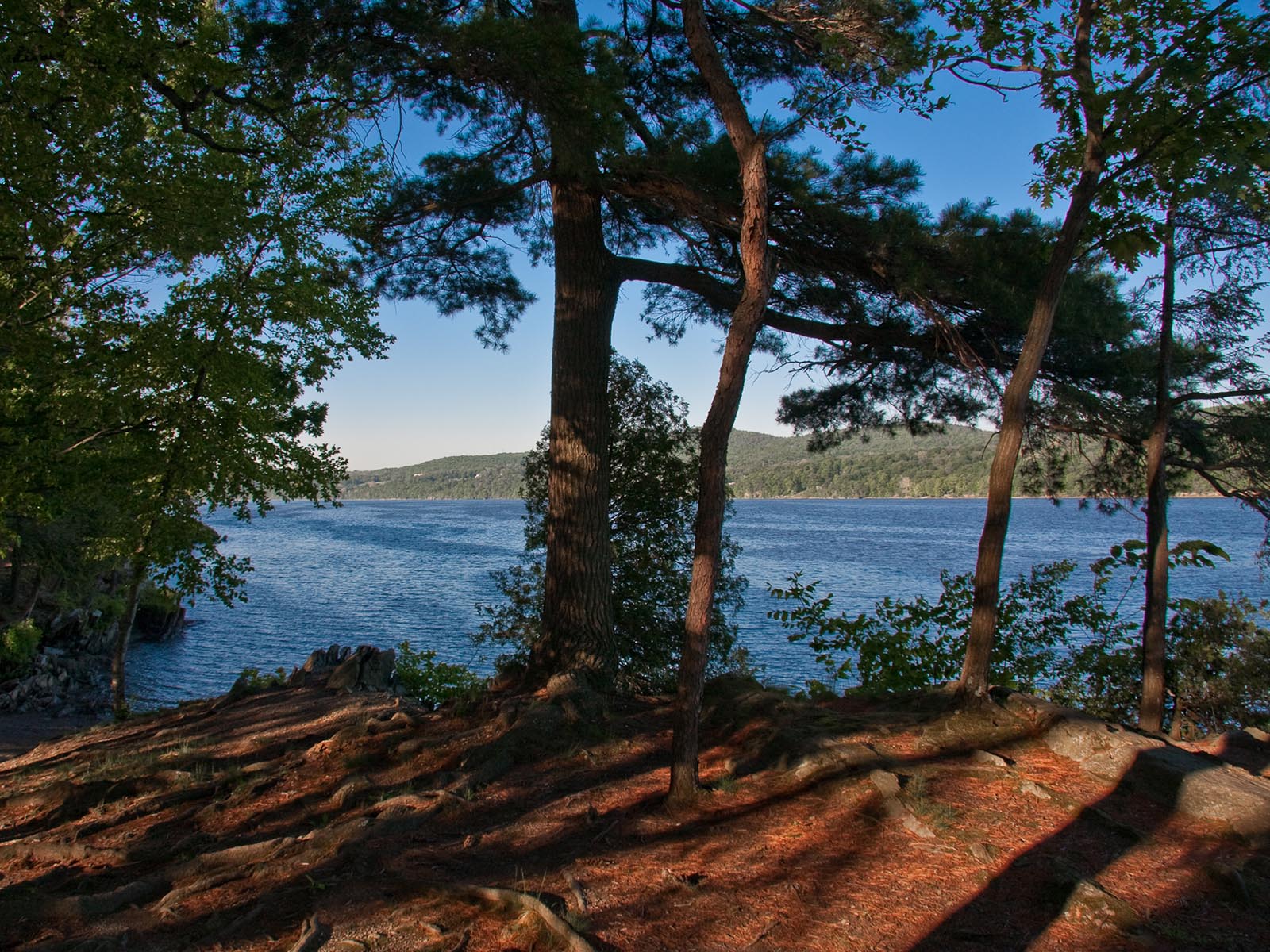
Black OakChestnut OakCutleaf BeechEastern Hemlock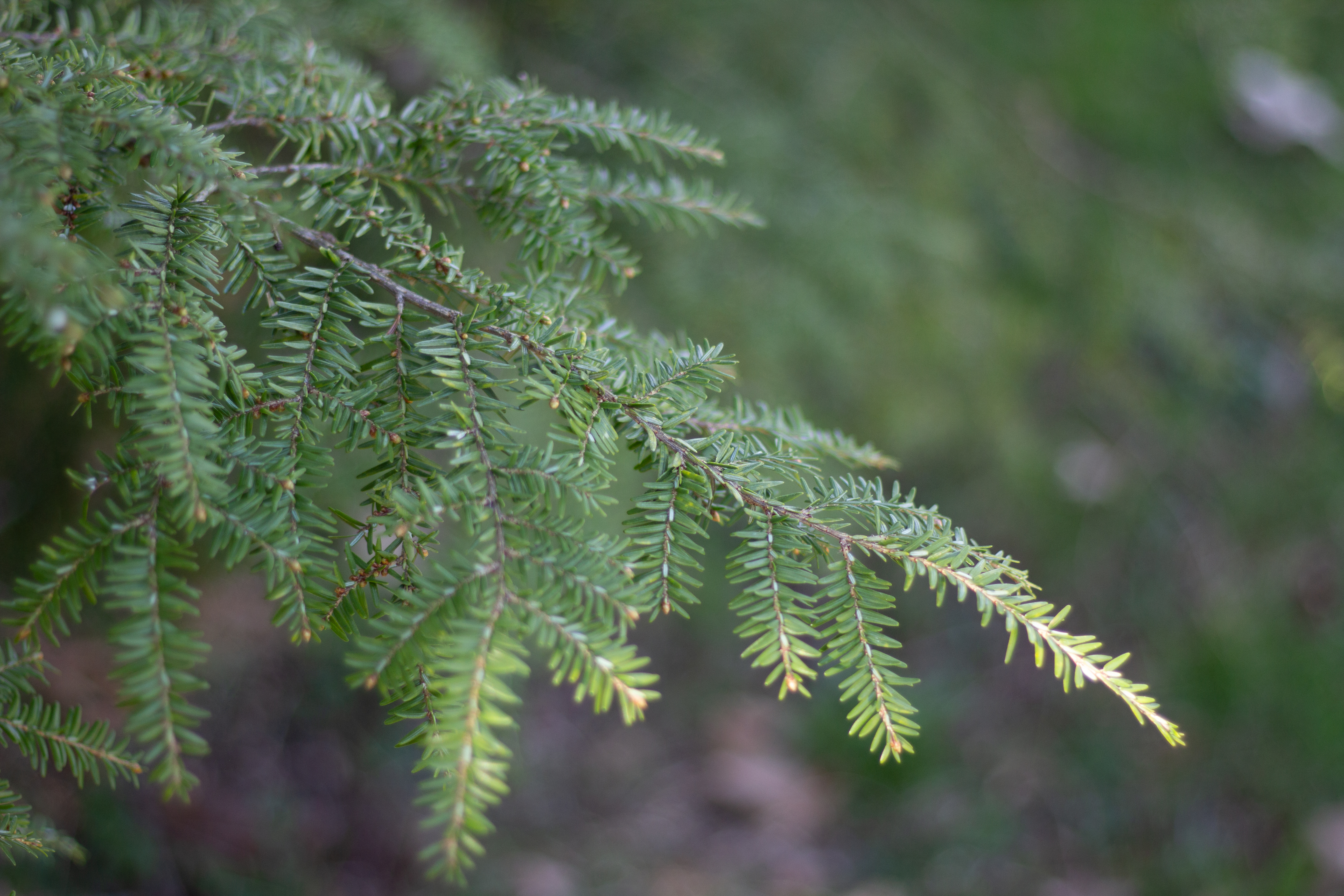
Eastern HophornbeamEastern White Pine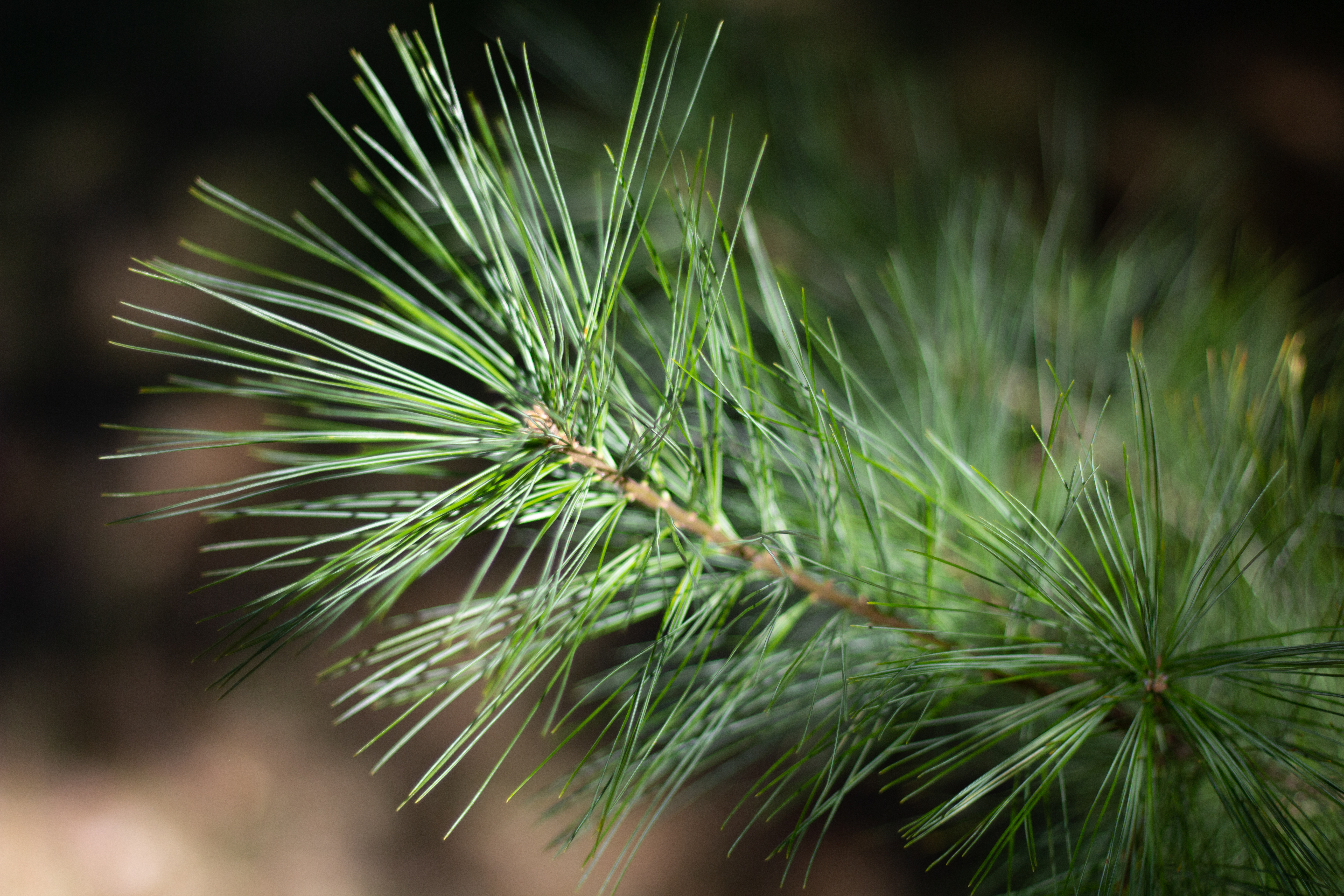
Entrance Hall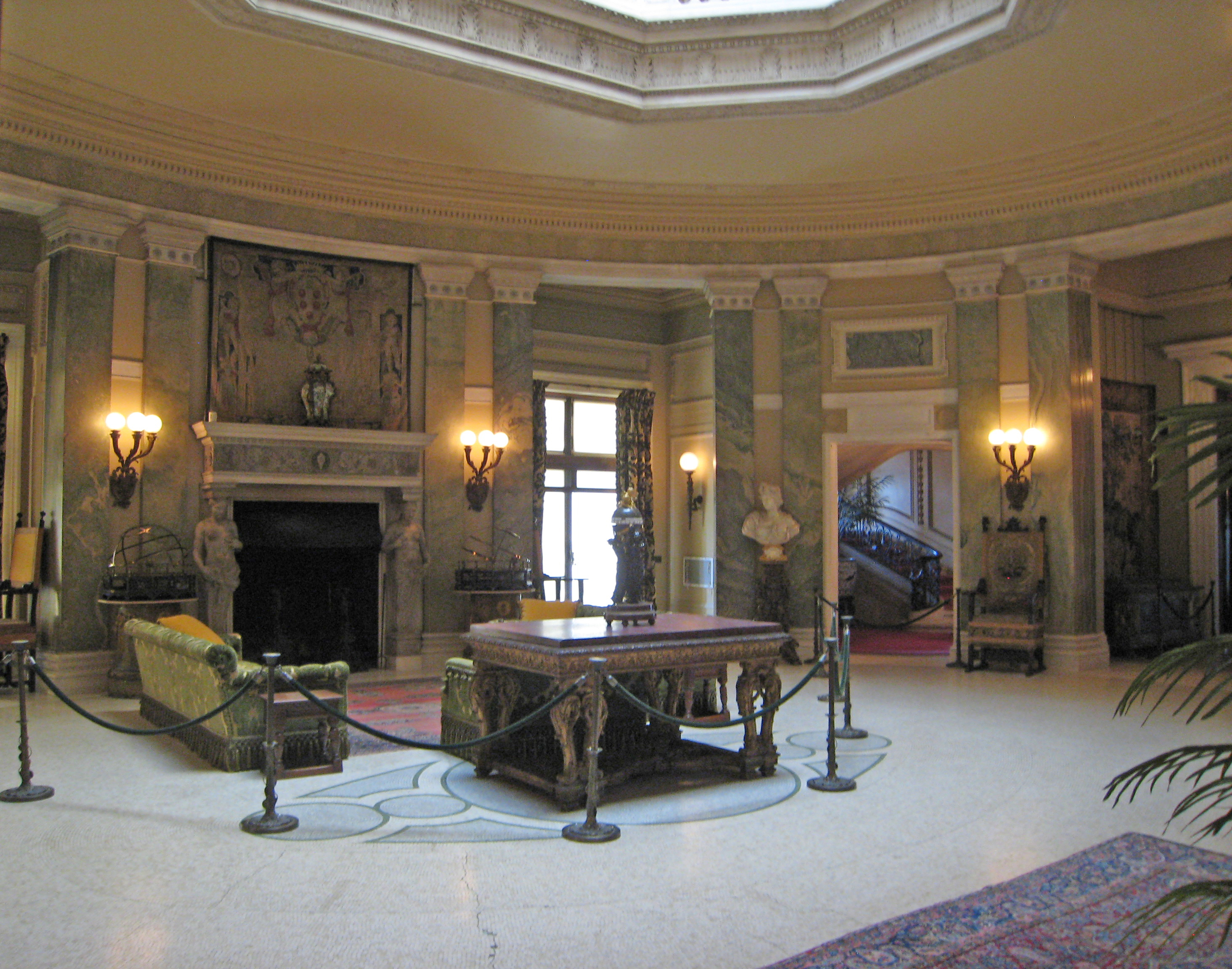
Flowering Dogwood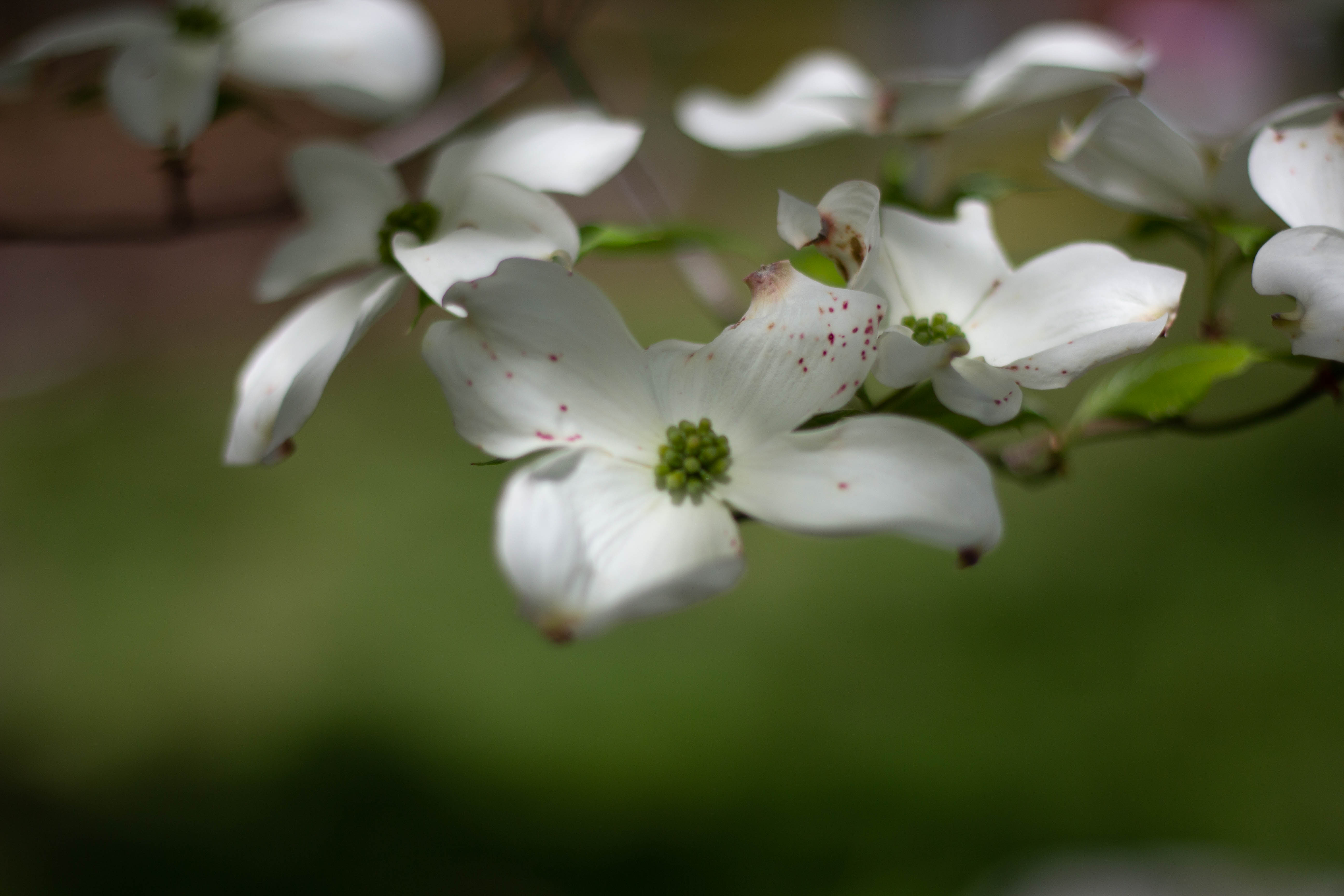
GinkgoHackberryHoney LocustHorse-chestnutKentucky Coffee-TreeLittleleaf LindenMr. Vanderbilt's Office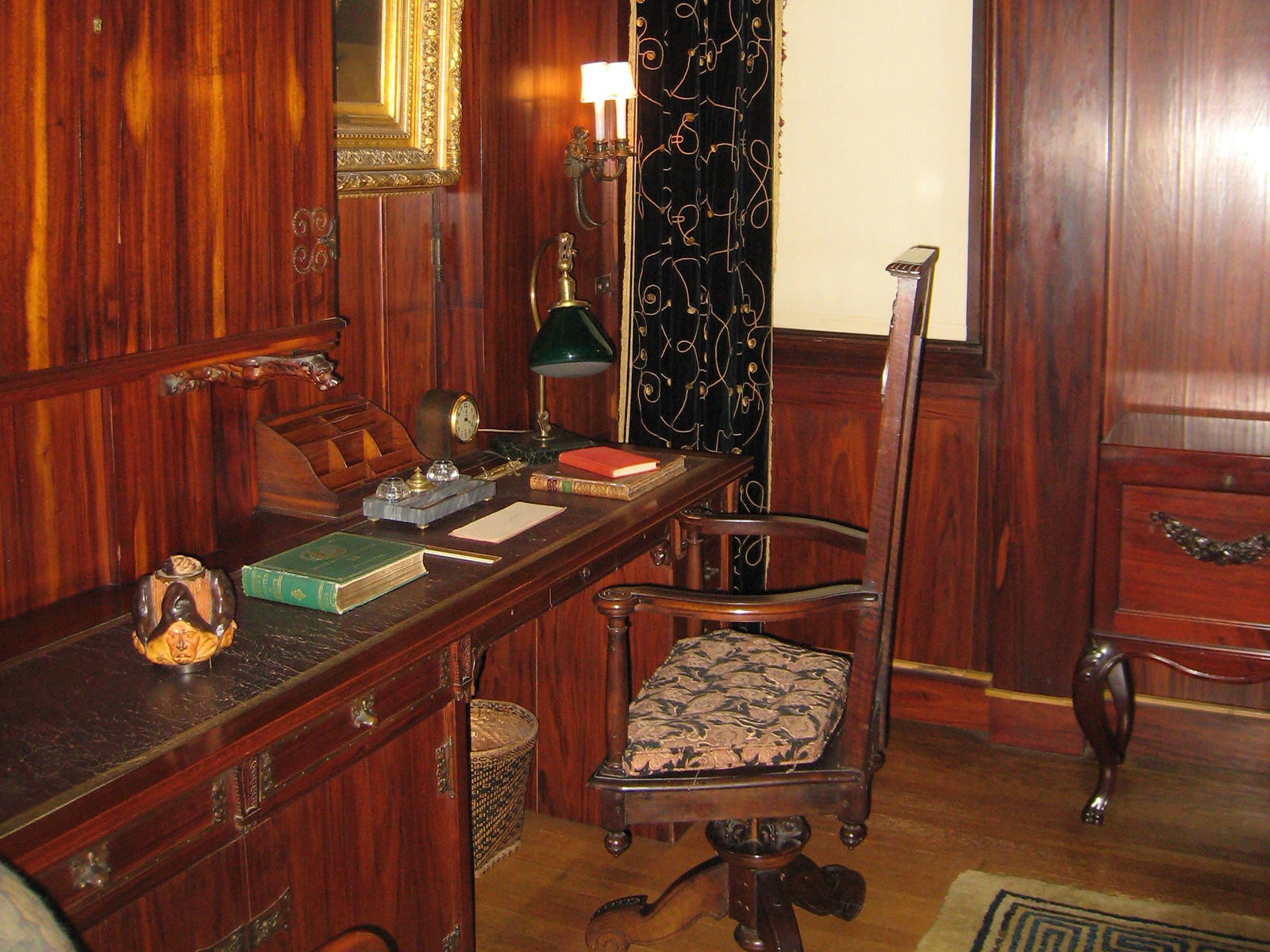
Northern Red OakNorthern White CedarNorway Spruce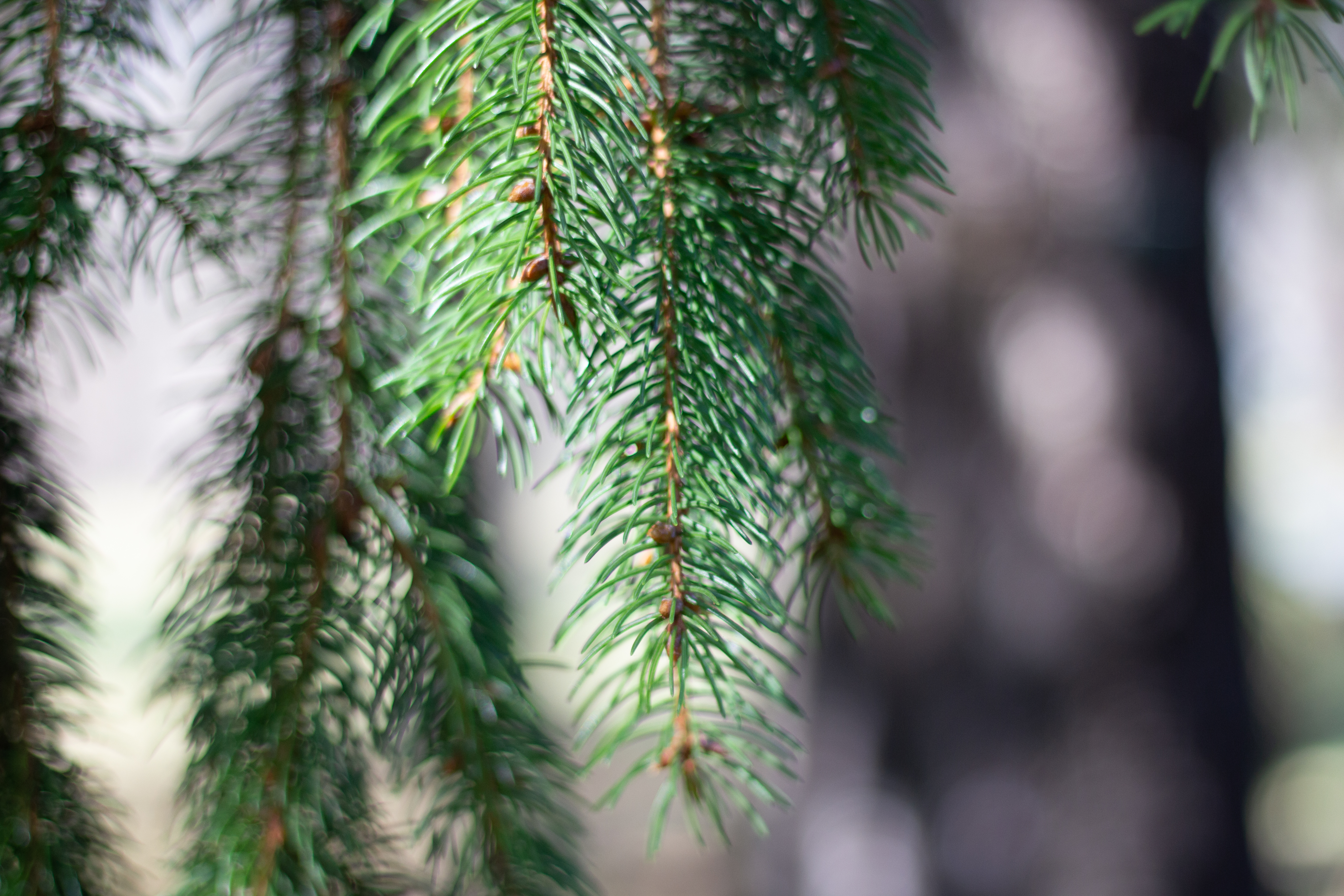
Purple BeechSilver MapleSugar MapleTamarackThe Butler Describes a VisitThe Den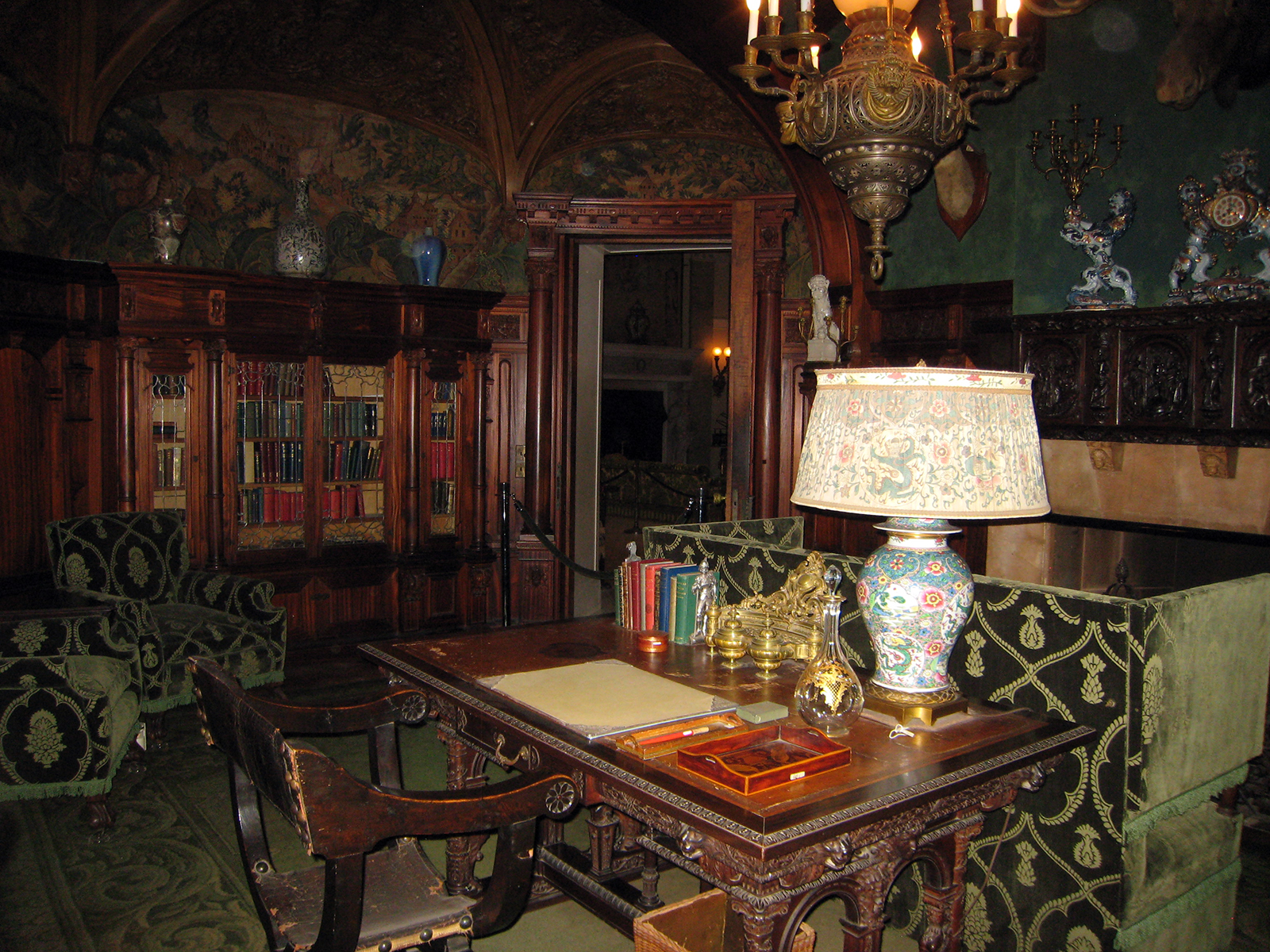
The Dining Room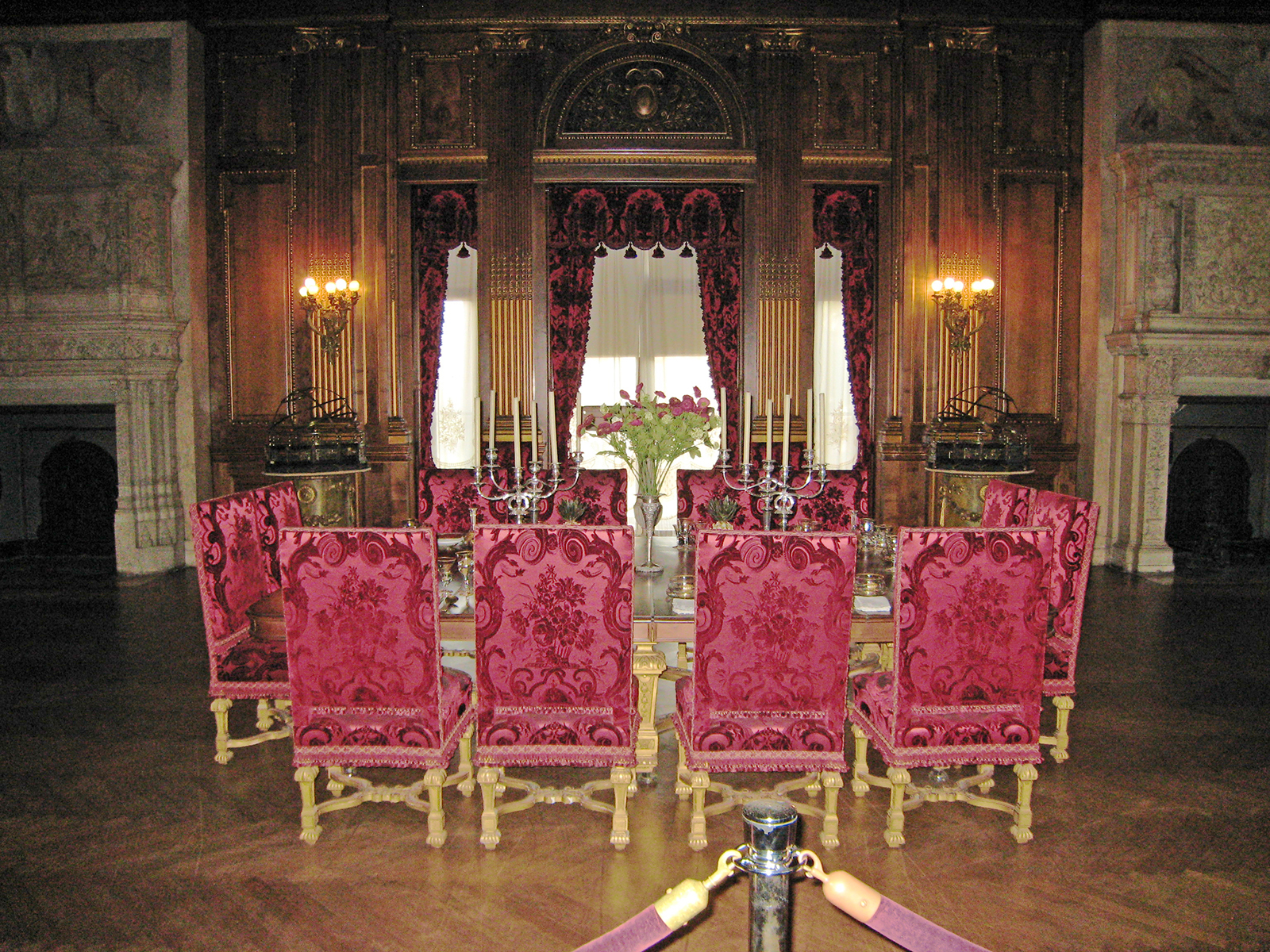
The Gardens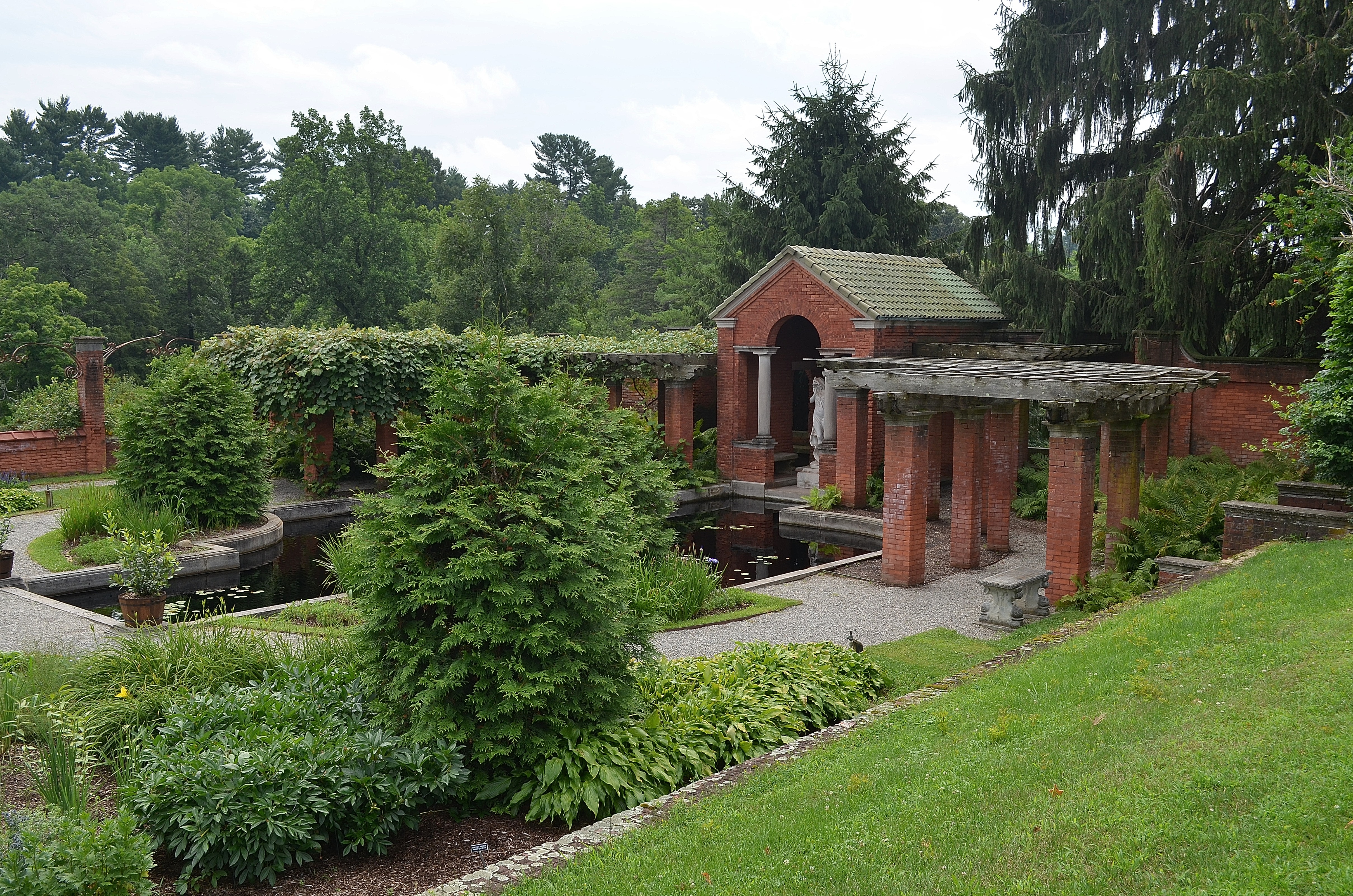
The Grand Staircase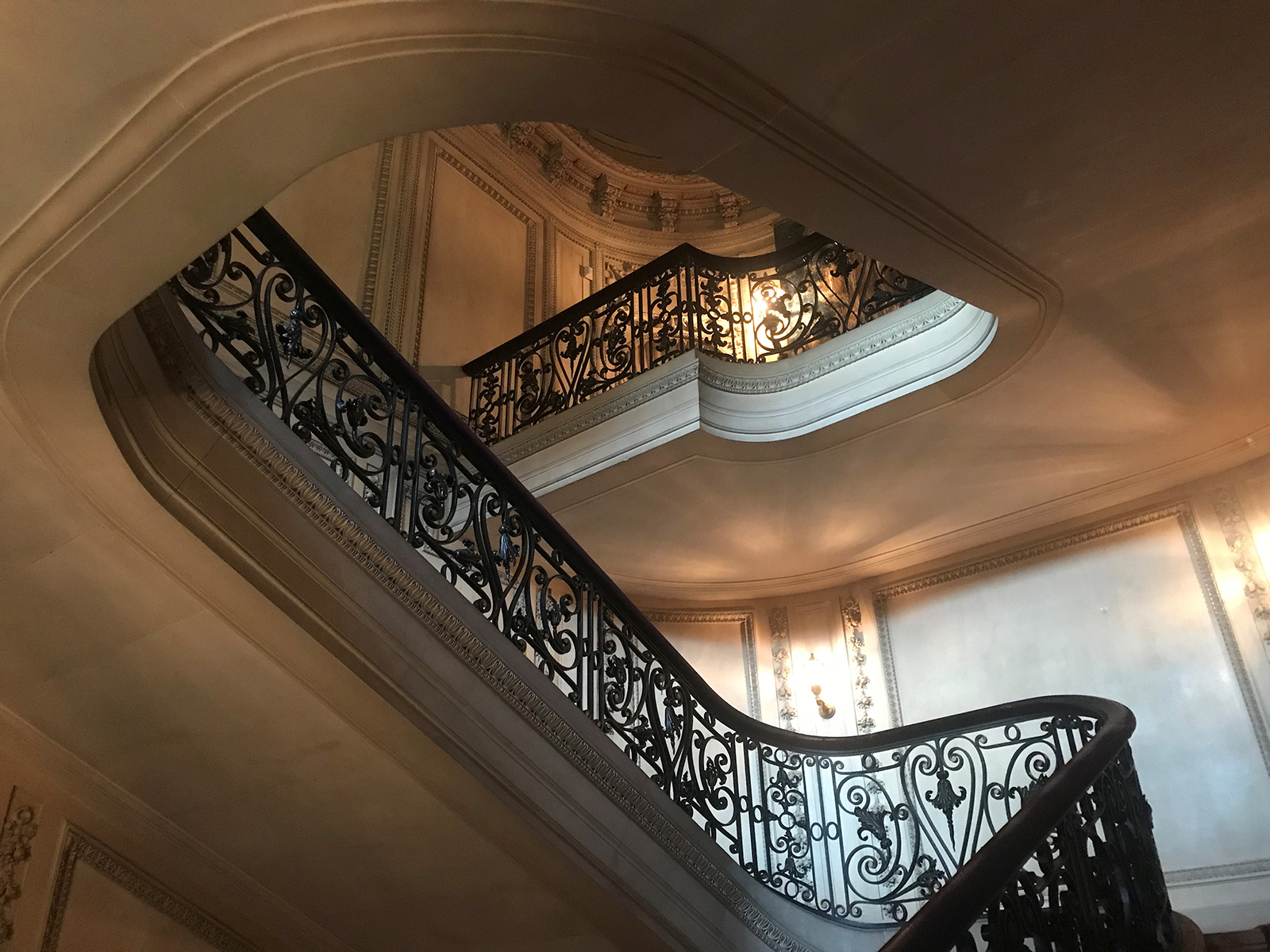
The Living Room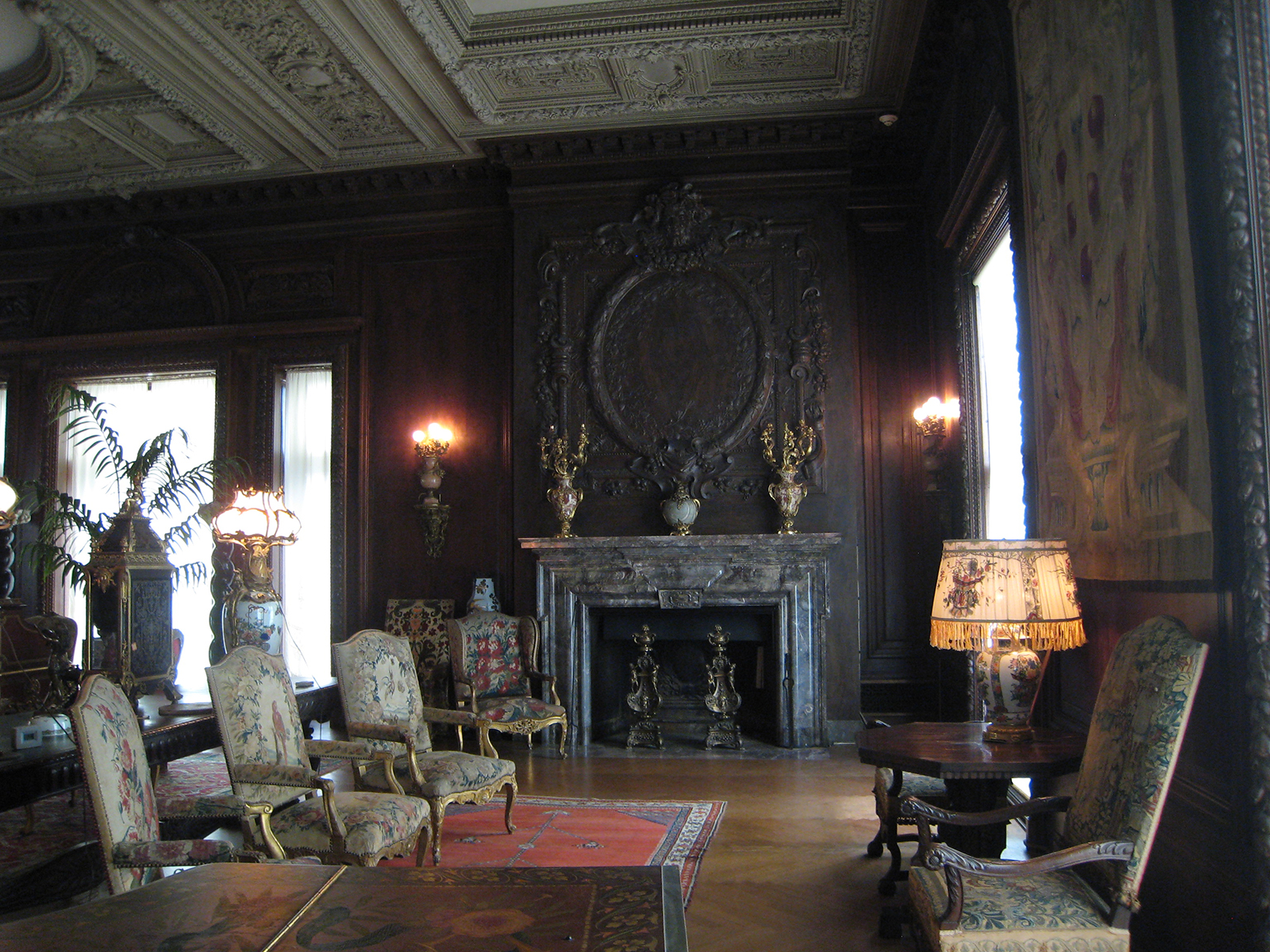
The Pavilion at Hyde ParkSporting architecture was a unique feature of country house life in America. Playhouses, as they were generally known, were an entirely American tradition. The playhouse reflects the enthusiasm for sport in America in the late nineteenth century. These buildings also included living rooms, bedrooms, baths, kitchens, and servant quarters. McKim, Mead and White were the leading architects of such buildings and designed the sporting pavilion for the Vanderbilts at Hyde Park. 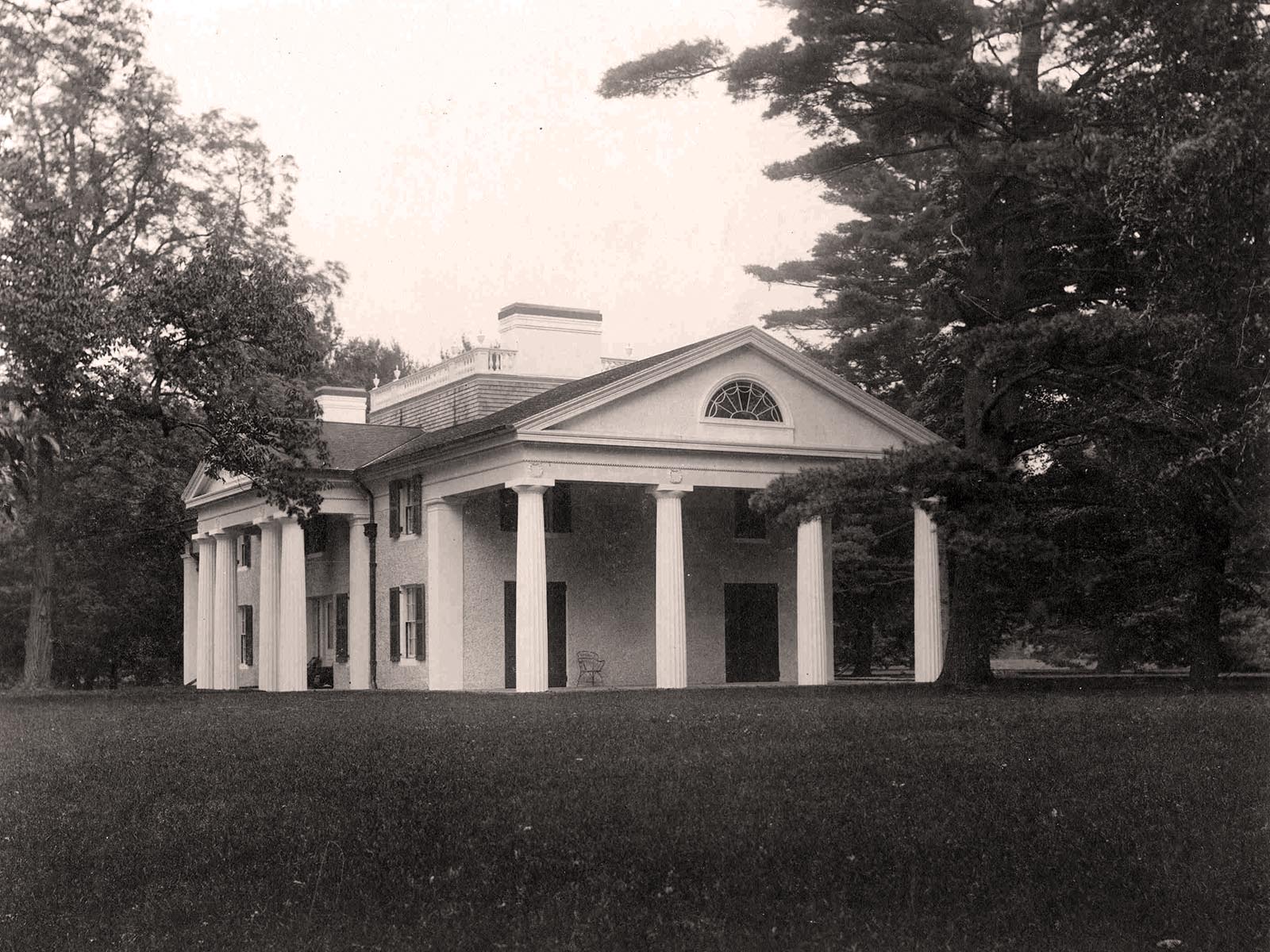
The Reception Room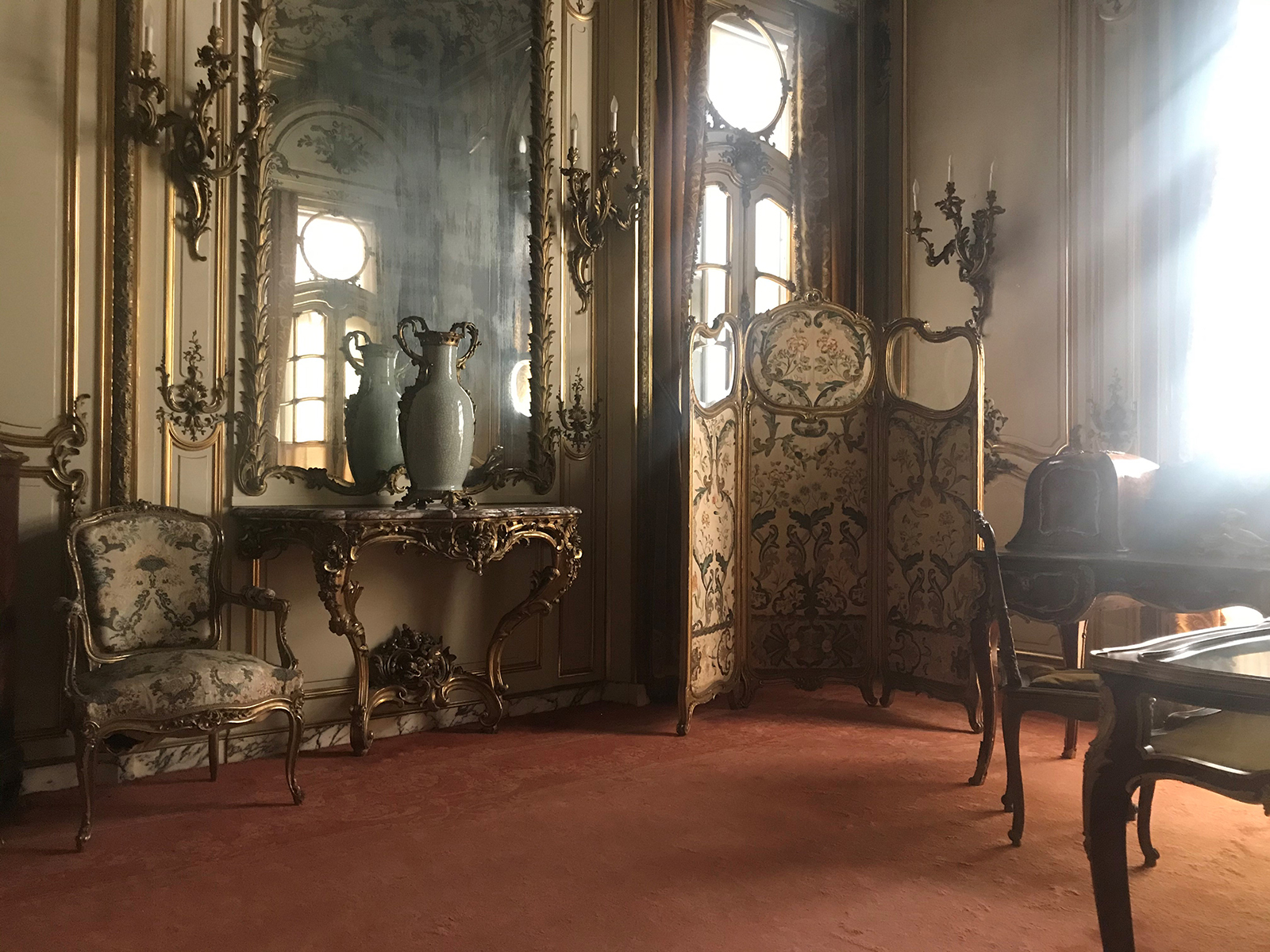
Tulip TreeUmbrella MagnoliaVanderbilt MansionA masterpiece of American architecture by one of the nation’s preeminent architects, built for one of the first families of wealth and privilege in the Gilded Age. The classical edifice of the Vanderbilt Mansion surrounded by a verdant park represents a perfect blend of formality and rural gentility. 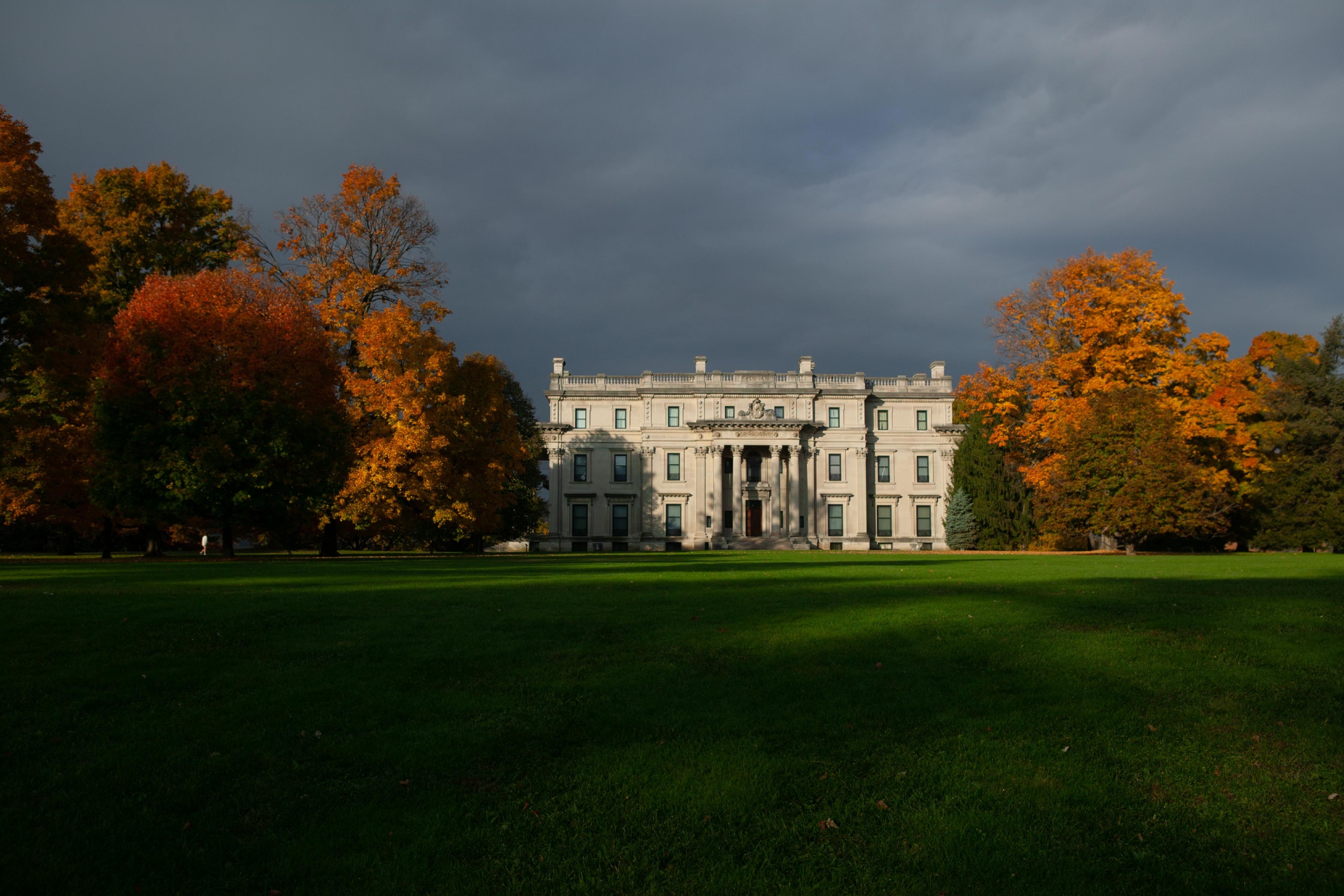
Weeping BeechWelcome to the Vanderbilt Mansion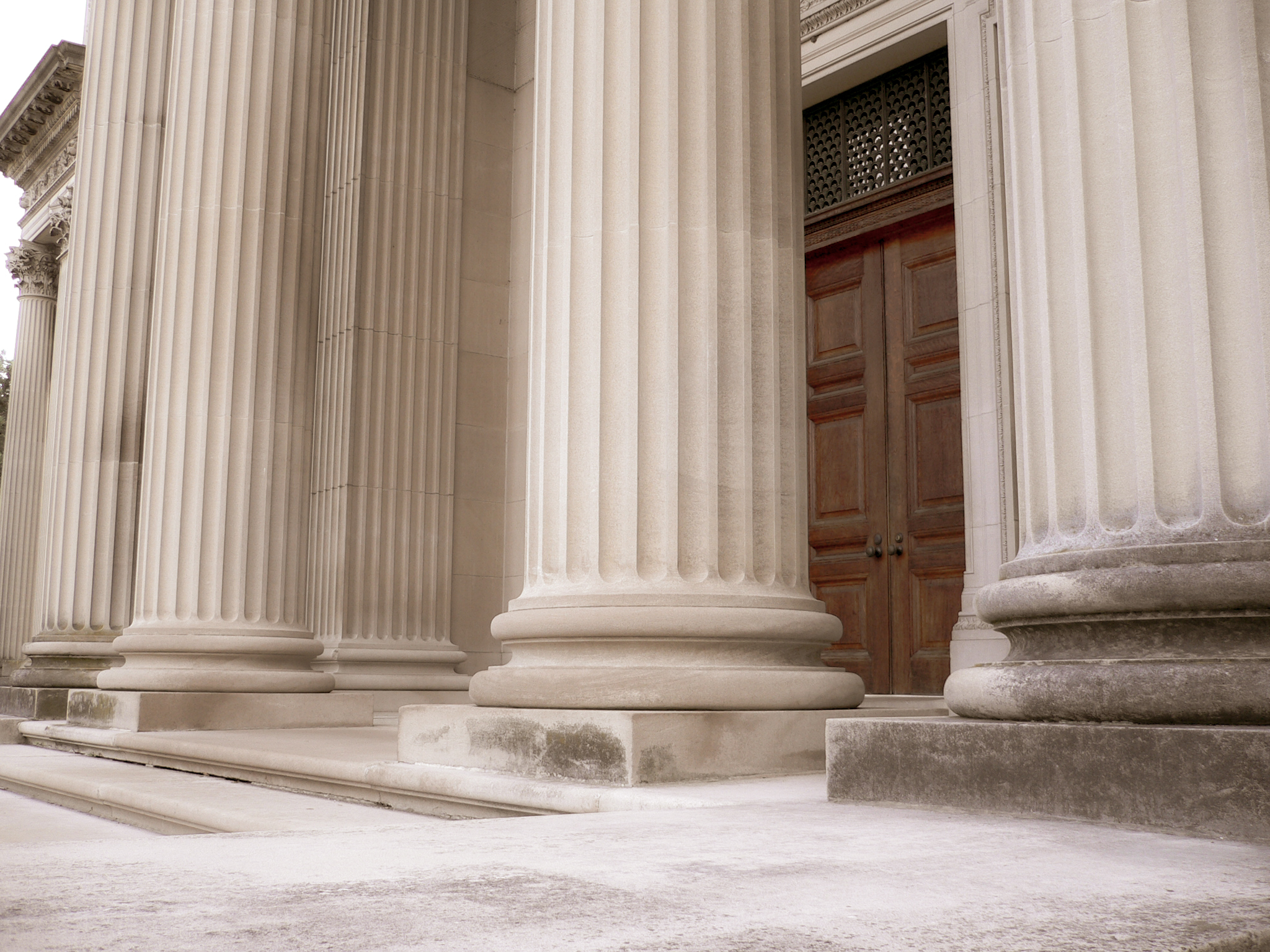
White Fir |
| Visitor Centers | Count: 1
Pavilion Visitor Center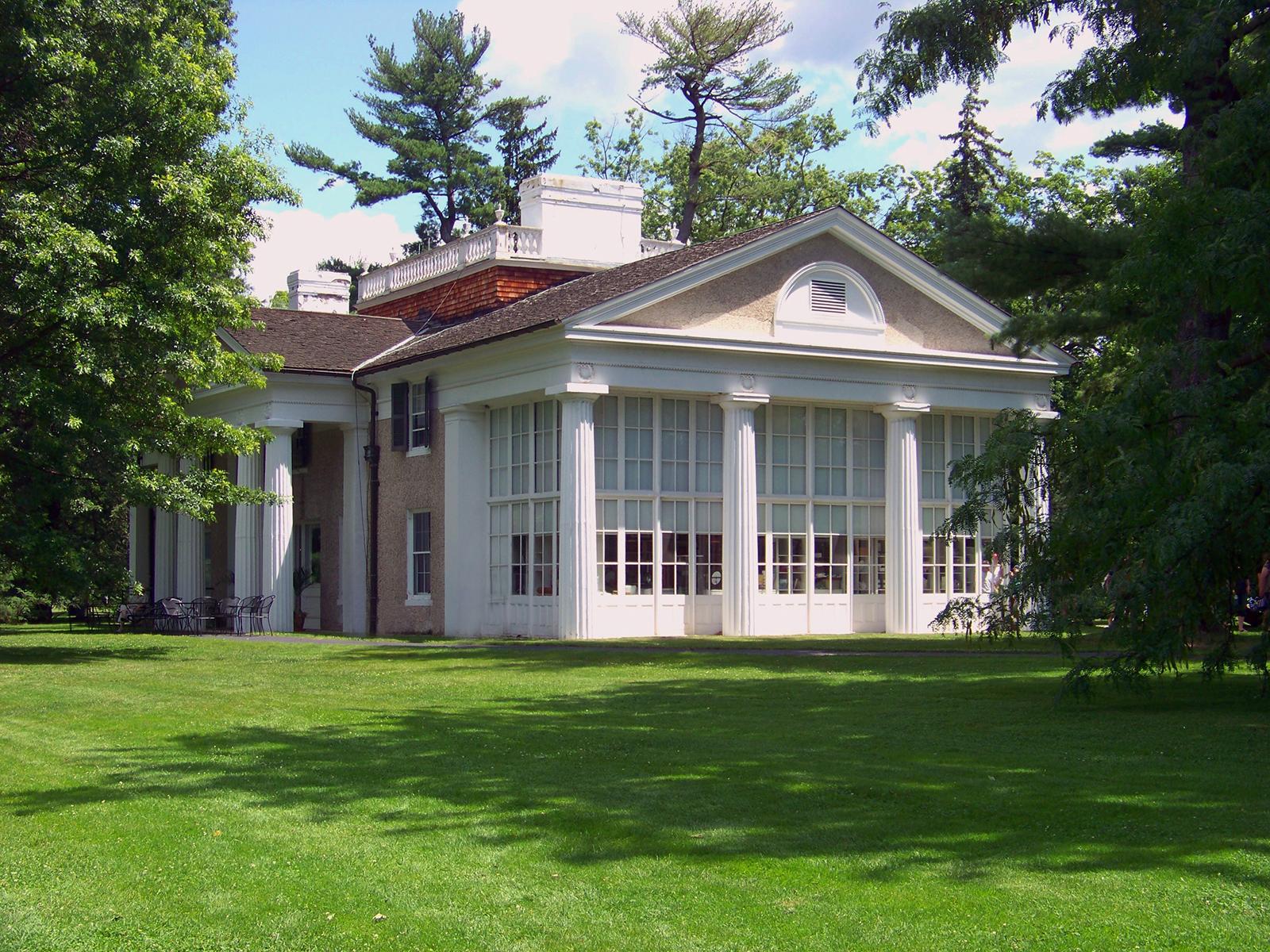
|
| Things to do | Count: 5
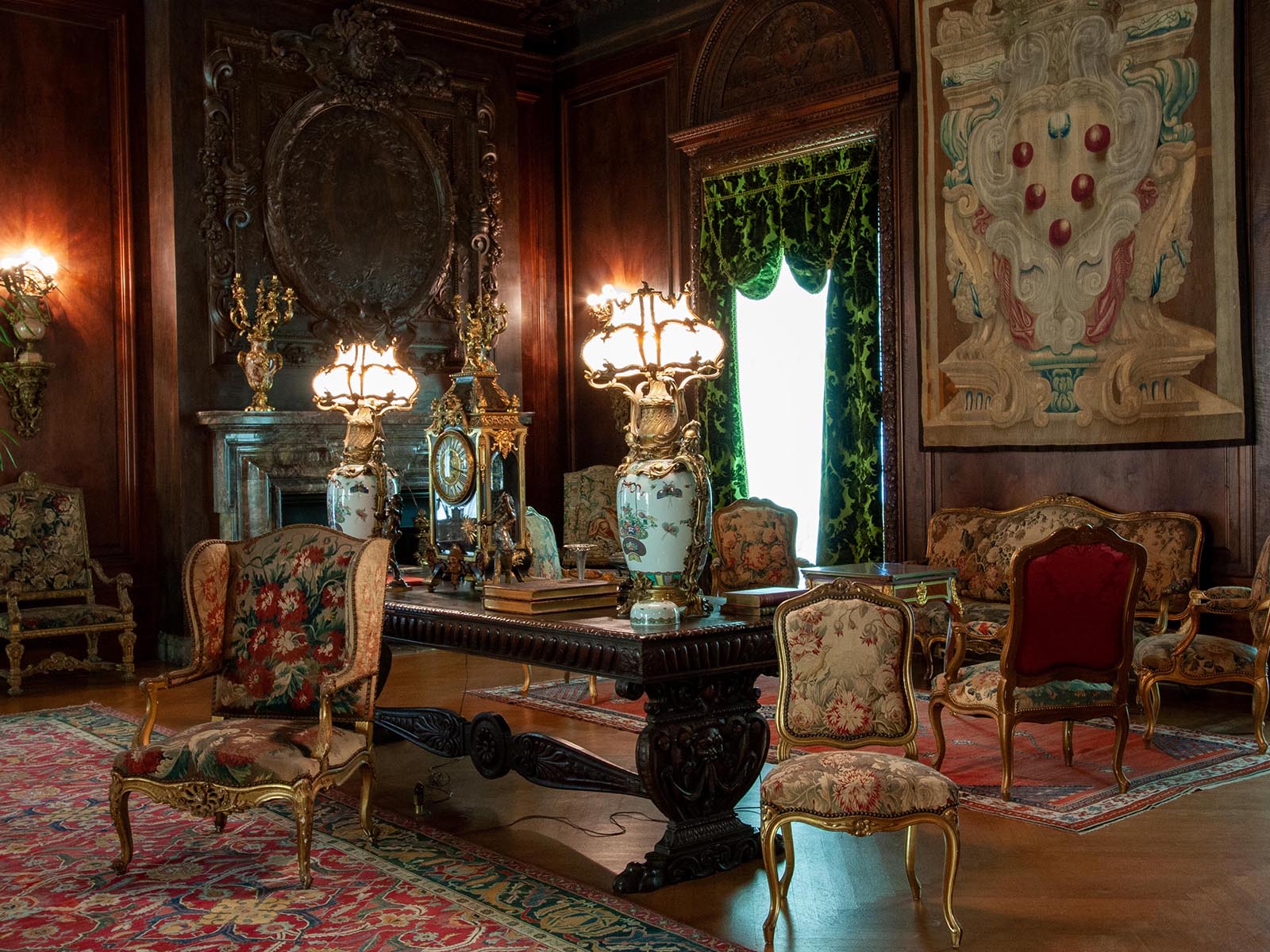
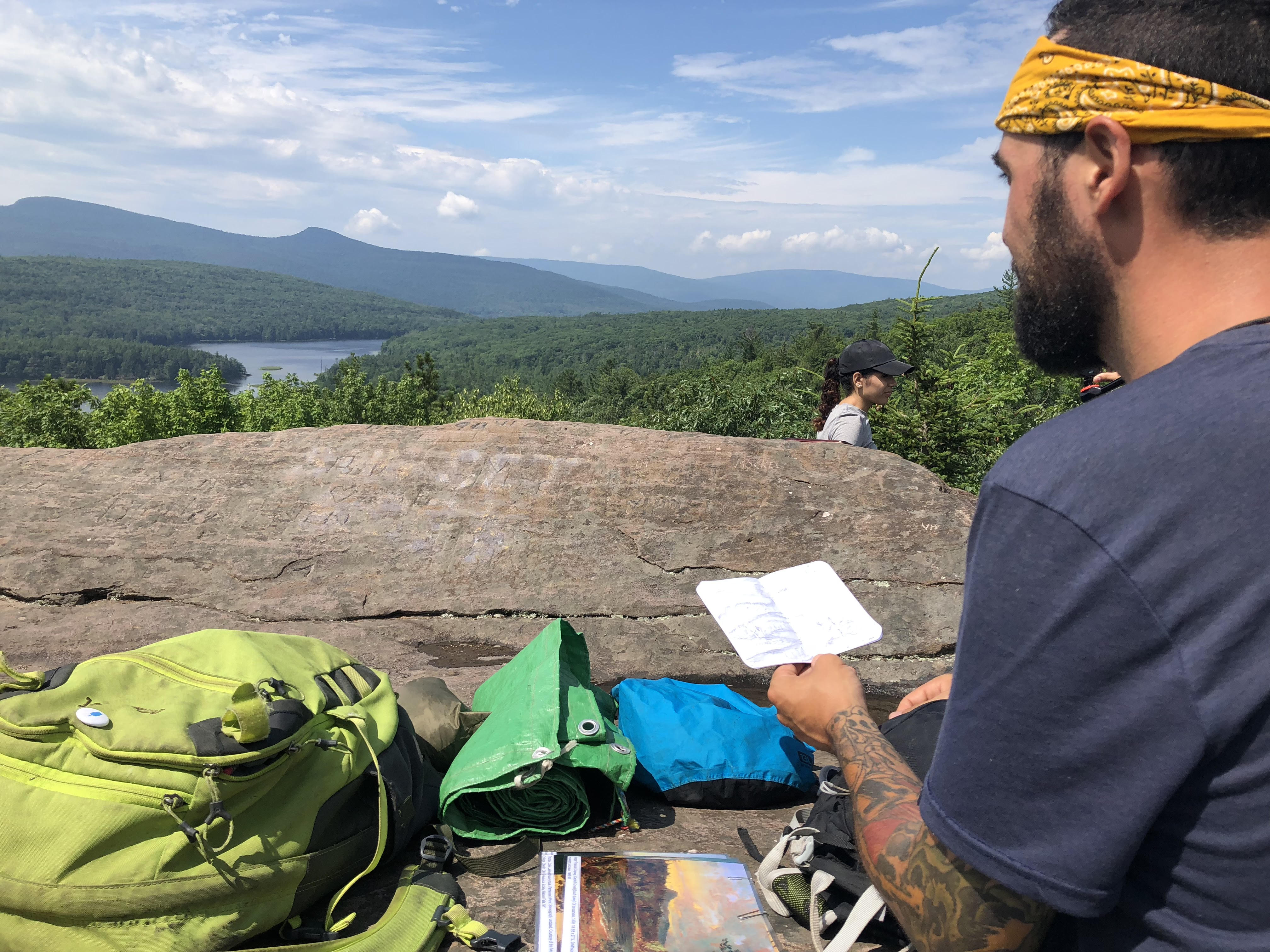
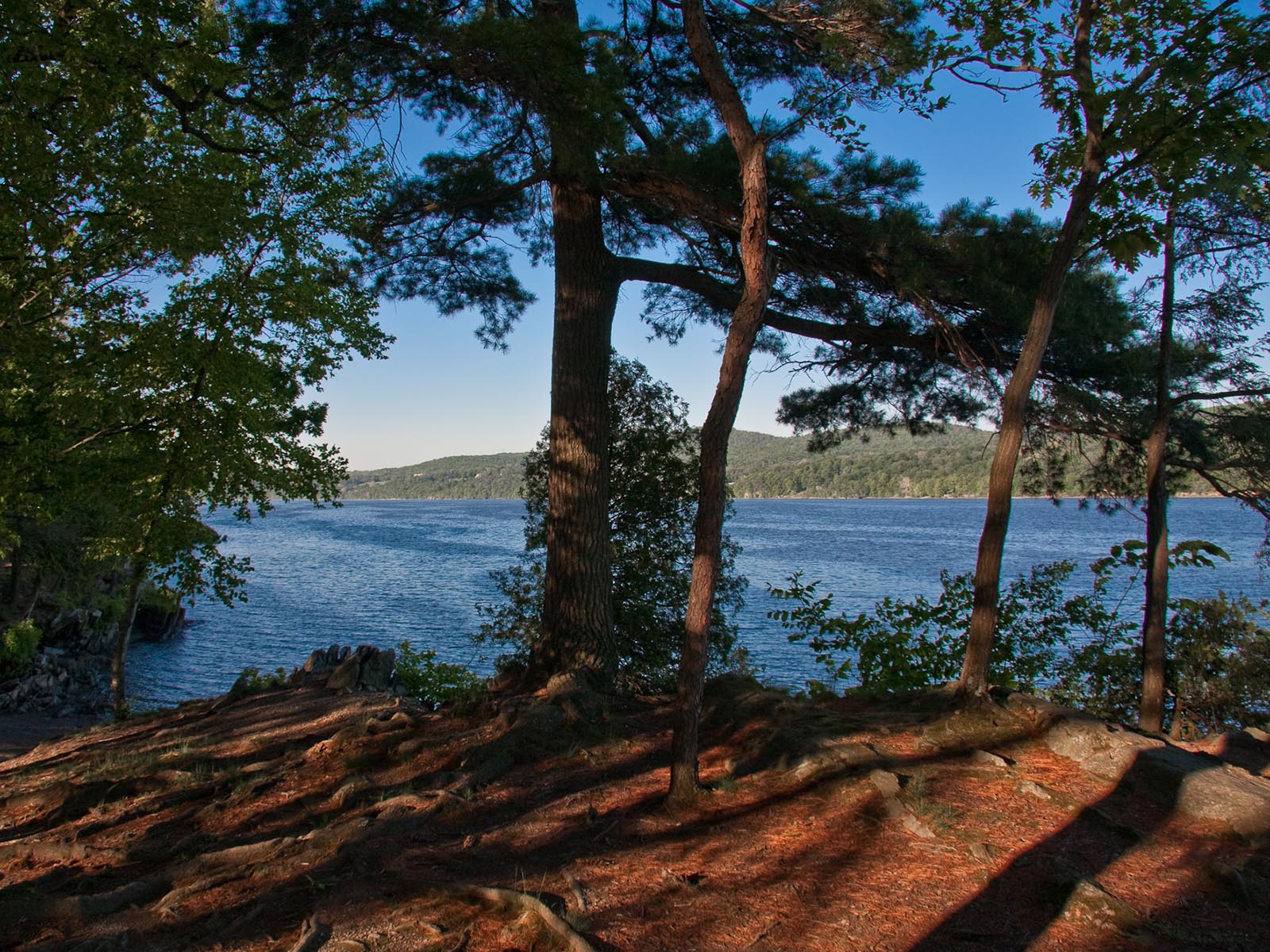
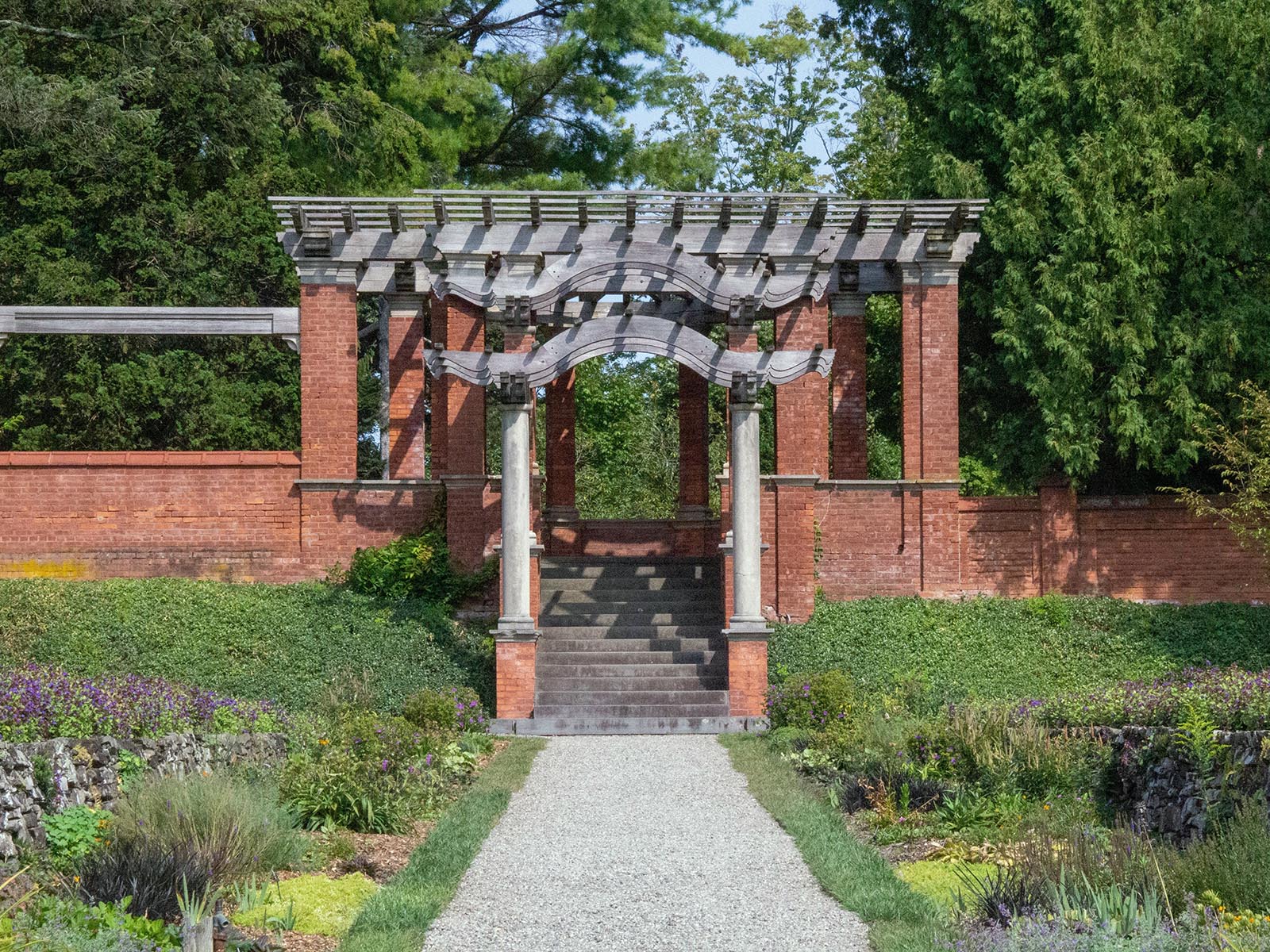
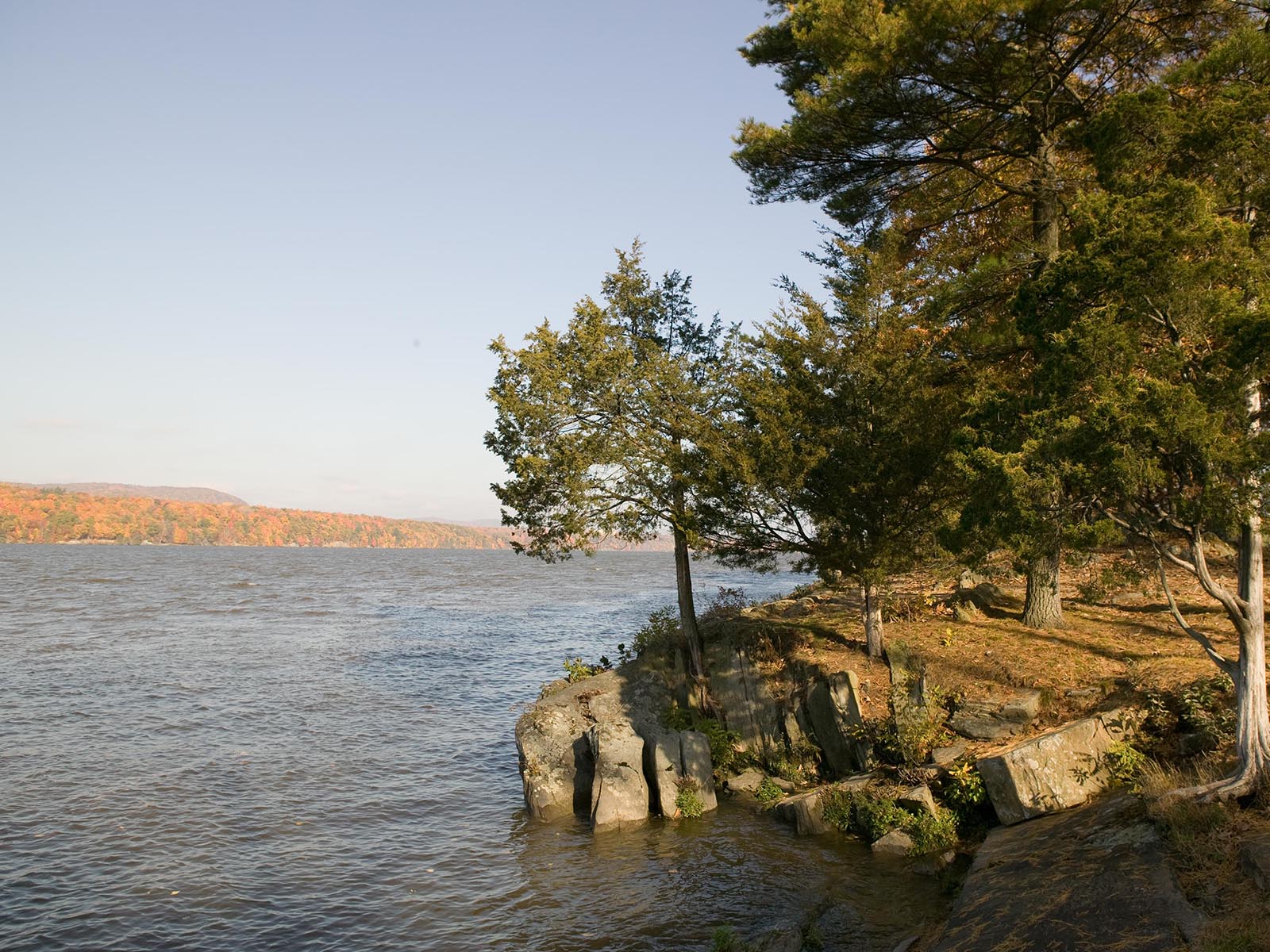
|
| Tours |
Count: 1
Estate TourA self-guided walking tour of the Vanderbilt estate grounds, including built features, gardens, and scenic spots. |
| Articles |
|